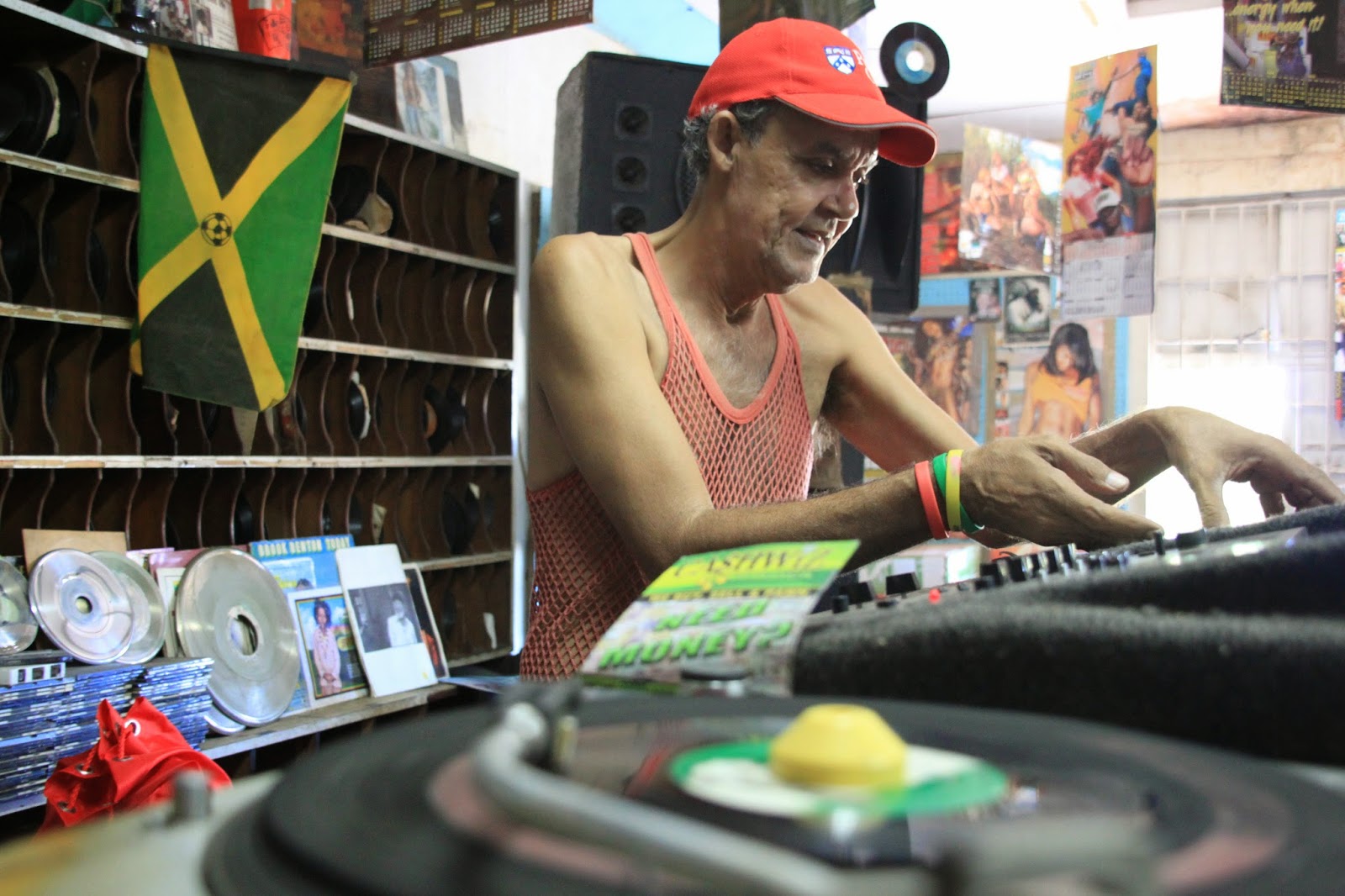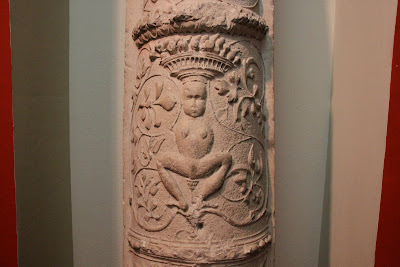St Jago de la Vega - three centuries of glorious heritage
The brick-wall edifice still reverberates with the click of the hooves of the carriage drawn by horses, aristocracy in all their Sunday best, alighting and walking up the doorsteps.
Life, etched in history, that travelled along the street of Cathedral Church of St Jago de la Vega, in its casual pace in the 18th Century has fast forwarded to cars zipping by on an overdrive, but it stands still, frozen in time.
From the Spanish to the British, the cathedral stands testimony to almost two centuries of colonial rule in Jamaica. Interestingly, the building is also a confluence of their respective styles.
“The structure (of the cathedral) is two buildings joined together at the point of the transepts and the chancel,” explained Bill Poinsett, chair, heritage committee, Cathedral Church of St Jago de la Vega.
Like the chapters of history, it was built and razed and rebuilt - tracing its genesis to about 1525 on the site of the Spanish Chapel of the Red Cross.
“Built in 1714, this is the oldest Anglican cathedral in the former British colonies,” said James Robertson, senior lecturer in History, Department of History and Archaeology, University of the West Indies, Mona.
Cathedral Church of St Jago de la Vega, like any other multifaceted and historic monument worldwide, has time stamps etched, plastered and even buried in its compound.
“The present Cruciform shape has been built upon the foundation of an earlier Spanish church,” informed Robertson, who has authored ‘Gone is the Ancient Glory: Spanish Town, Jamaica, 1534-2000’, adding that the nave and transept are in Romanesque style, “these are characterised by the rounded shape at the top of the windows and the doors.”
In its opulent sanctum sanctorum is a fairy tale treasure chest unfolding, the cathedral houses a medley of gems that are embedded and others tucked away.
Like the facade, the interior of the cathedral has gone through its share of metamorphosis.
“A taste change in the early 1840s,” Robertson said, “brought down the decorated plaster ceiling and the panelling to give way to dark-stained planked roof angling up.”
The interiors are interspersed with mahogany, stained glass and marble, and an organ loft at the entrance. “Under the organ loft were box pews that were rented by white families, to replaced by pitch-pine pews,” said Poinsett.
The plush woodwork transcends to a polygonal mahogany pulpit raised on a stem. “There used to be a sounding board behind the pulpit, but it was removed when the chancel was rebuilt,” Poinsett said.
It is not only the walls that house pieces of craftsmanship, the floor, which once had memorial slabs, was retiled with English glazed tiles. “This design,” Poinsett informed, “was recently discovered in Westminster Abbey.”
Inscribed tables and sculptures, bathed in sunlight from the stained-glass windows, echo memories of the island’s famous men in that era.
From plain to intricate, the life stories engraved are poetry written in pearly white marble which has visitors transfixed.
Most of the intricate pieces were made by celebrated sculptor John Bacon. “His works can be found in St Paul’s Cathedral in London, Bath Abbey, among others,” said Robertson. “One of his most famous work is the statue of George III and the River Thames in the courtyard of Somerset House in London.”
Bacon produced 12 works for Jamaica, three of which are housed in the cathedral. Like the island, these historical antiquities are a melting pot of various cultural influences.
In the words of Archbishop of York, John Sentamu, who was mesmerised when he visited the Cathedral in 2007, “The Gospel offers forgiveness for the past, new life for the present, and hope for the future ... Cathedral Church of St Jago de la Vega is a living testament to that.
Cathedral Church of St Jago de la Vega celebrates 300 years in 2014. For information on the planned activities log on to www.cathedralja.org or call 1-876-984-2535.










Comments
Post a Comment